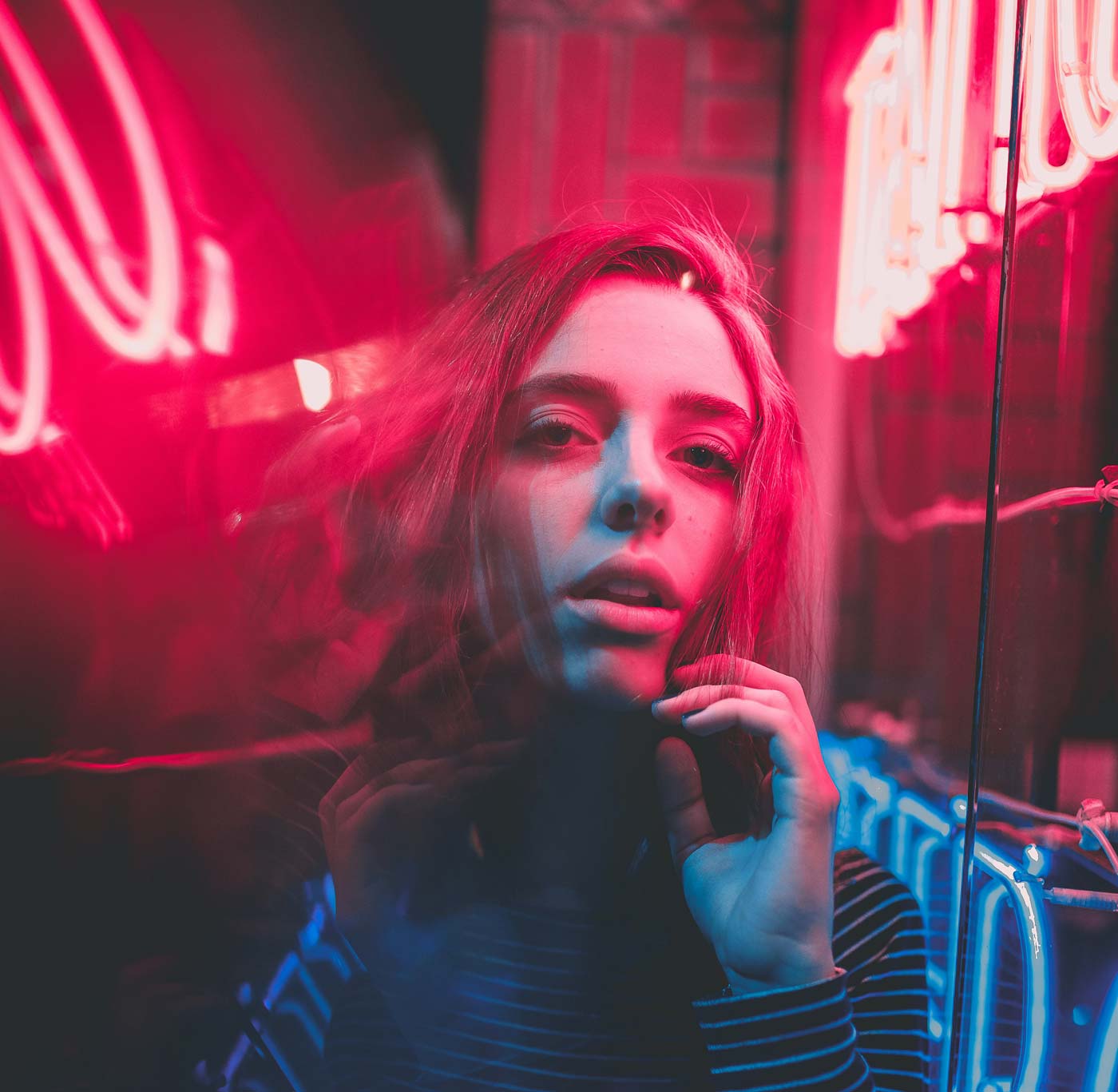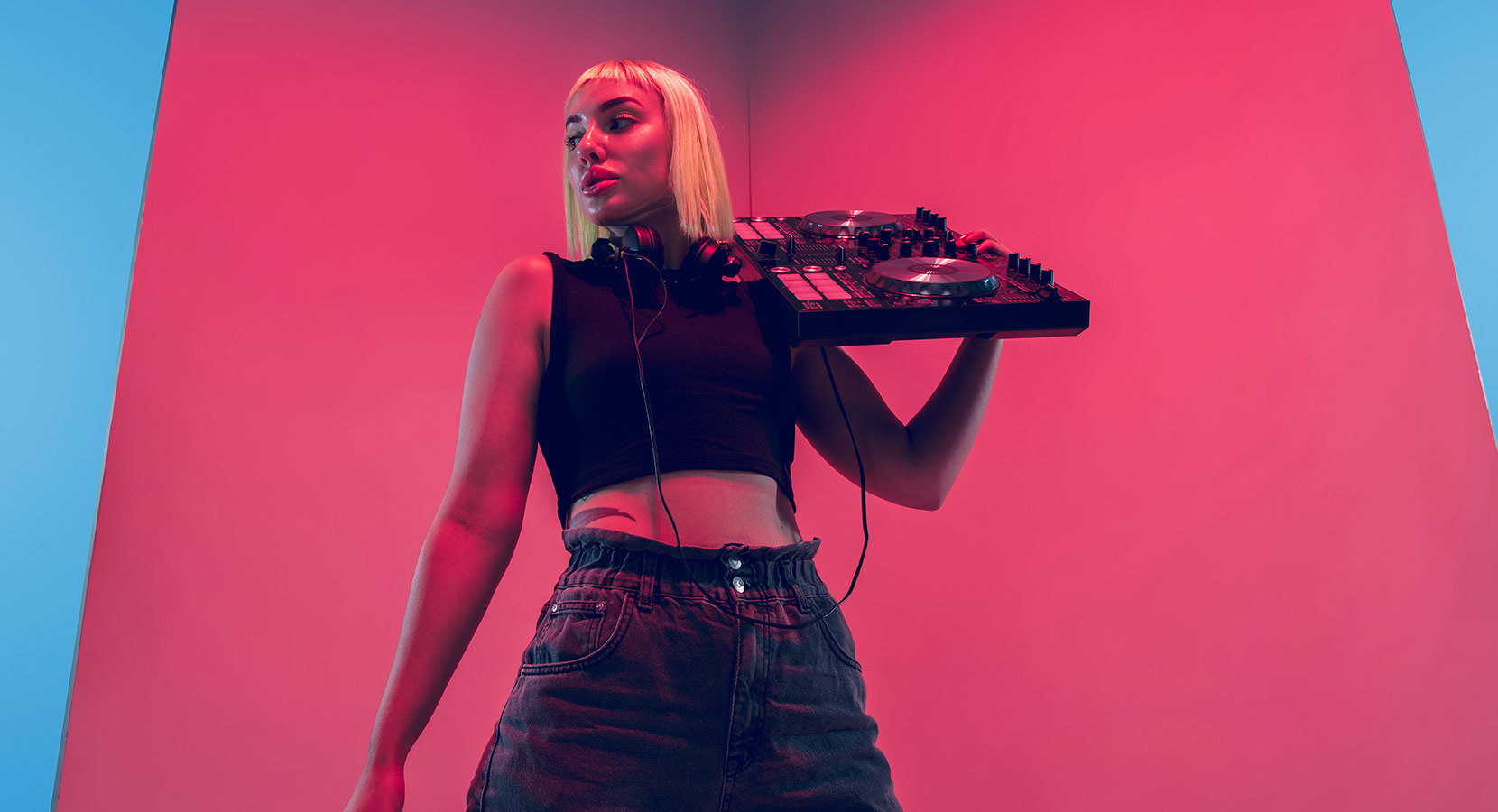
How To Market Music: An Effective No-Fail 3 Step Music Marketing Formula That Works
Knowing how to market your music is without a doubt THE most important thing you can do for your music business and your music career as a…

Music, Economics, and Beyond
According to author Stephen J. Dubner, «The smartest thing about the Rolling Stones under Jagger’s leadership is the band’s workmanlike, corporate approach to touring. The economics of…

Handel: A Musical Life of Devotion
A great gift to music entered into the world on 23 February 1685 in Halle, Germany. A life of great musical interest; one filled with an unbelievable…

How To License Your Music
Music is a big part of civilization. Centuries had passed but music survived and even grew to greater heights every single decade. As a matter of fact,…

Music Licensing – What, How and Why It’s Important for Your Business
Music licensing commonly refers to ‘royalty-free music’ or ‘production music’. This is music that has been written and produced with the sole purpose of being used in…

The Complete Definition Of The Music
Music is a form of art that involves organized and audible sounds and silence. It is normally expressed in terms of pitch (which includes melody and harmony),…

The Music Gallery: Can Music Ever Be Valued As Fine Art?
Recently a Christie’s art sale became the highest auction in history. The sale included works by Jackson Pollock, Roy Lichtenstein and Jean-Michel Basquiat, among others and in…
Music Festivals and Why You Should Care
With the popularity of electronic dance music and the increased accessibility of technology more and more people are learning to express themselves and their talents through electronic…
The Best in EDM Music!
With the popularity of electronic dance music and the increased accessibility of technology more and more people are learning to express themselves and their talents through electronic…
Electronic music can exite you more than sex
With the popularity of electronic dance music and the increased accessibility of technology more and more people are learning to express themselves and their talents through electronic…
